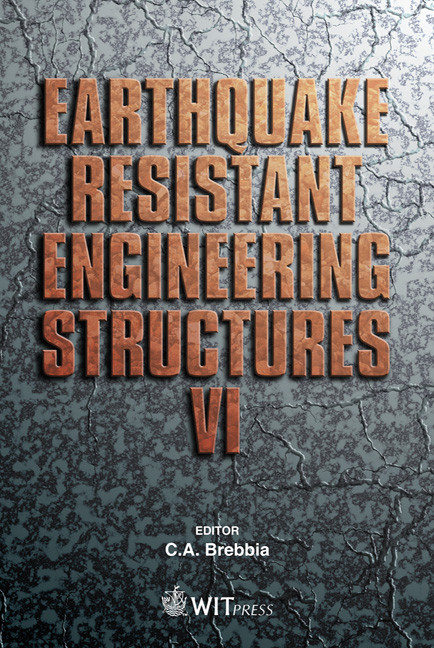Designing Aspects Of Bridges Placed In Active Seismic Areas
Price
Free (open access)
Transaction
Volume
93
Pages
10
Published
2007
Size
828 kb
Paper DOI
10.2495/ERES070051
Copyright
WIT Press
Author(s)
V. Herak Marović, P. Marović & Ž. Nikolić
Abstract
The national territory of the Republic of Croatia is in a very active seismic area, so earthquake influence on bridge structure is often relevant for the choice of span number, the type of bridge superstructure, piers disposition and their height and stiffness, the connection between piers and superstructure or piers and foundations, dimensioning of elements and reinforcement, detail solutions, material consumption, etc. Mechanical resistance and overall bridge stability must be provided by appropriate design aspects taking care of maximal function, economics and aesthetic performances. The results of the bridge seismic analysis according to the new Eurocode 8/2 code are greater seismic forces and higher seismic capacity of the structure compared to the results of the previous codes. Seismic isolation with elastomeric bearings, placed between bridge superstructure and bridge substructure, is used as a common way to reduce the seismic action to the structure and to prevent structural damage. The response of the seismically isolated bridges is in many cases more complicated than the response of the conventionally designed structures because some parameters which are usually neglected in the analysis of the traditionally designed structures should be taken into account. This paper presents comparative analysis of the results obtained by two different methods proposed in Eurocode 8/2, i.e. the fundamental mode method and the response spectrum method for several seismic isolated viaducts at the Adriatic highway. Keywords: viaduct, seismic area, isolated bridge, elastomeric bearings, fundamental mode method, response spectrum method.
Keywords
viaduct, seismic area, isolated bridge, elastomeric bearings, fundamental mode method, response spectrum method.





